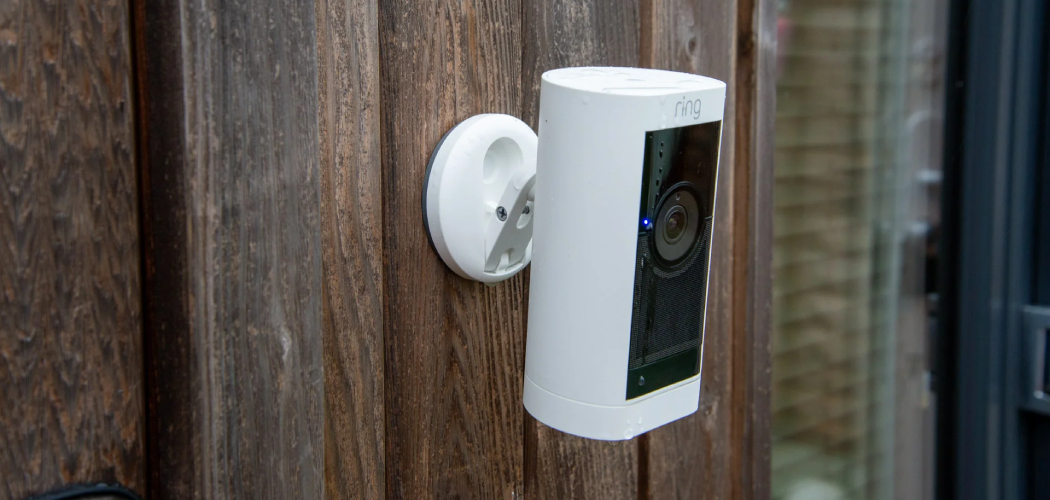When it comes to home maintenance, locating the doorbell breaker can be a perplexing task.
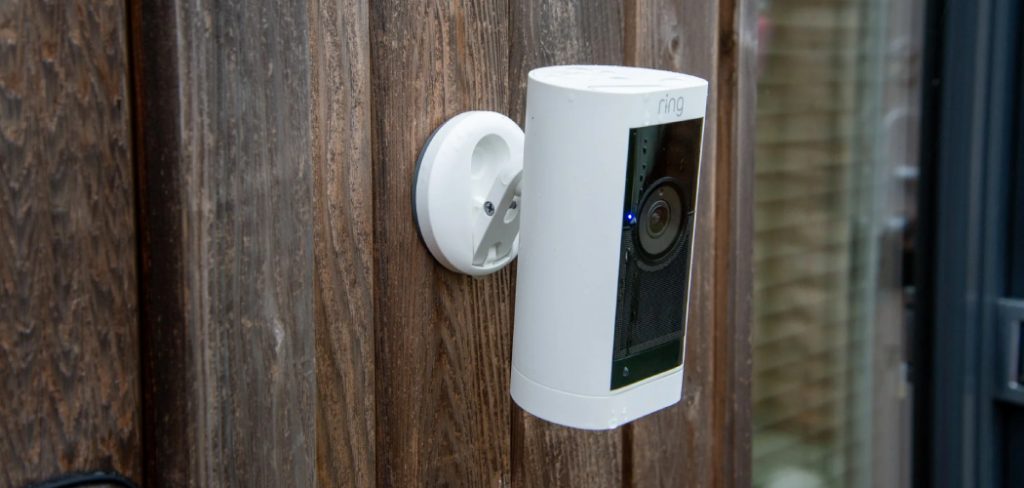
Whether you’re installing a new doorbell or addressing an issue with an existing one, knowing how to find the doorbell breaker is essential for ensuring your safety and avoiding potential electrical hazards.
This guide is designed to walk you through the step-by-step of how to find doorbell breaker, making it simpler to identify the correct breaker and manage the electrical connections confidently.
With the right approach, you’ll be able to handle doorbell-related tasks efficiently and safely.
Why Finding the Doorbell Breaker is Important
Ensuring that you can accurately locate the doorbell breaker is critical for several reasons. First and foremost, it is a matter of safety. Working on electrical systems without cutting off the power can lead to electrical shocks or short circuits, which pose significant safety risks.
Additionally, identifying the correct breaker helps prevent accidental power outages in other parts of your home, which can disrupt electronic devices and appliances.
Beyond safety concerns, knowing the location of the doorbell breaker is useful for troubleshooting and performing maintenance efficiently.
It allows you to isolate the doorbell circuit when making repairs or installing upgrades, ensuring that you can work effectively without affecting other electrical systems in your home.
Why You Need to Locate the Doorbell Breaker
Locating the doorbell breaker is an essential step before embarking on any installation or repair of your doorbell system.
Being aware of the exact breaker controlling your doorbell allows you to safely switch off the power, minimizing the risk of electrical shock or damage to the electrical system.
This proactive measure is especially important for homeowners who plan to undertake do-it-yourself projects or minor repairs, as it ensures a safe working environment.
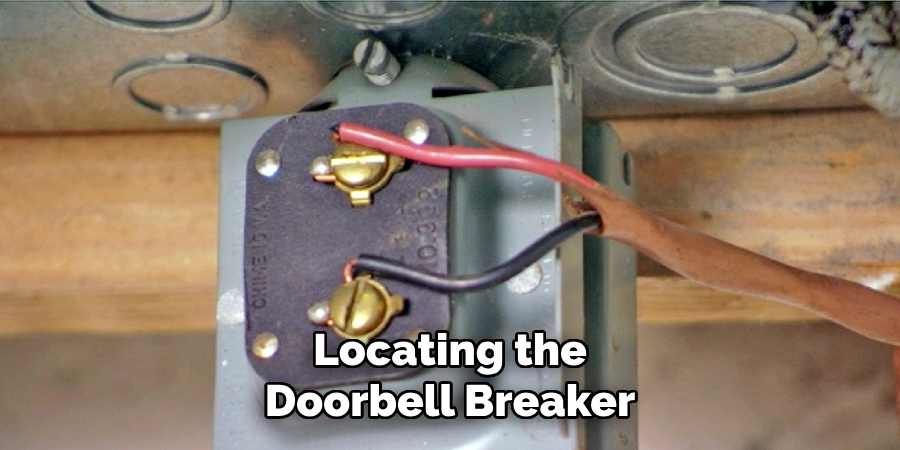
Furthermore, knowing the position of the doorbell breaker streamlines the process of addressing any power-related issues swiftly, saving time by directing attention to the specific circuit needing inspection or repair.
Ultimately, identifying the doorbell breaker contributes to better overall home management, allowing you to maintain your electrical system effectively and securely.
10 Methods How to Find Doorbell Breaker
1. Understand Your Electrical Panel Layout
Before searching for the doorbell breaker, familiarize yourself with the layout of your electrical panel. Most panels have multiple breakers arranged in rows, each controlling a different circuit in your home.
The breakers are typically labeled to indicate which areas or appliances they control. Understanding the general layout helps streamline the process of locating the correct breaker.
If your panel has a map or legend, refer to it for guidance on which breaker controls the doorbell circuit.
2. Check for Labels on the Breaker Panel
The most straightforward method to find the doorbell breaker is by checking the labels on your breaker panel. Many electrical panels have a label or a directory next to each breaker, indicating which circuit it controls.
Look for labels such as “Doorbell,” “Chime,” or “Front Entry.” If your panel is labeled correctly, this method can quickly lead you to the right breaker. However, if the labels are outdated or unclear, you may need to use other methods to identify the doorbell breaker.
3. Test the Breakers Methodically
If your breaker panel does not have clear labels or if the labels are missing, you can identify the doorbell breaker through a process of elimination. Begin by turning off a breaker, then check to see if the doorbell loses power.
This method requires a systematic approach: turn off one breaker at a time and test the doorbell to see if it stops working.
Mark or note which breaker controls the doorbell based on your observations. This process can be time-consuming but is effective for pinpointing the correct breaker.
4. Use a Circuit Tester or Voltage Detector
A circuit tester or voltage detector can be a valuable tool for identifying the doorbell breaker. These devices can help you determine which breaker controls the doorbell circuit without the need for trial and error.
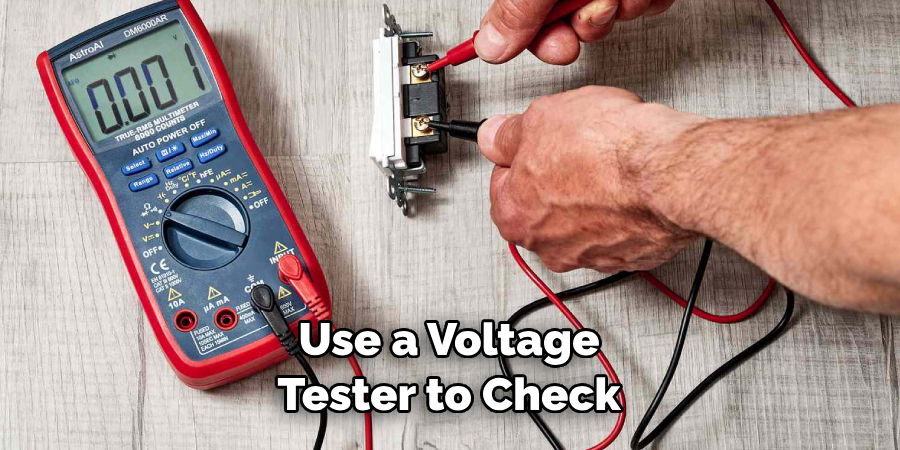
To use a circuit tester, turn off one breaker at a time and use the tester to check the doorbell wiring for voltage. When you find the breaker that disconnects the power to the doorbell, you’ve identified the correct circuit.
Voltage detectors offer a quick and safe way to test live wires and ensure that you have turned off the right breaker.
5. Consult Your Home’s Electrical Diagram
Many homes have an electrical diagram or schematic that outlines the circuits controlled by each breaker. This diagram is often found in the electrical panel or in the home’s documentation.
If available, consult this diagram to locate the breaker associated with the doorbell circuit. The diagram should provide a clear indication of which breaker controls the doorbell, saving you time and effort.
If your home doesn’t have an electrical diagram, consider creating one for future reference.
6. Trace the Doorbell Wiring
Tracing the doorbell wiring can help you locate the breaker it is connected to. Start at the doorbell and follow the wires as they lead to the electrical panel.
You may need to access the attic, basement, or wall cavities to trace the wiring path. Once you reach the point where the wires enter the panel, you can identify the corresponding breaker.
This method requires some hands-on work and may involve inspecting connections and wire routes, but it can be effective for finding the exact breaker.
7. Check the Doorbell Transformer Location
The doorbell transformer is a component that converts the household voltage to the lower voltage required by the doorbell. Finding the transformer can provide clues about the circuit it’s on.
Transformers are typically located near the breaker panel, in the attic, or in a utility closet. Once you locate the transformer, check its wiring to identify which breaker controls it.
This method can narrow down the search and help you locate the doorbell breaker more efficiently.
8. Observe Doorbell Circuit Behavior
Pay attention to the behavior of your doorbell circuit to help identify the correct breaker. If your doorbell frequently malfunctions or if there are issues with the chime or wiring, this may indicate a specific breaker that is prone to problems.
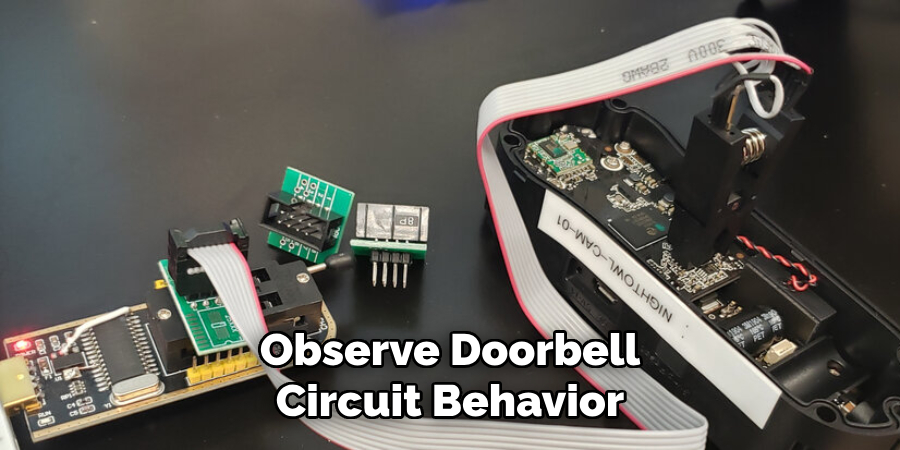
Turn off each breaker one by one and observe any changes in the doorbell’s performance. This method can help you identify a breaker that may be causing issues or that controls the doorbell circuit directly.
9. Ask for Professional Assistance
If you are unable to find the doorbell breaker using the methods above, consider seeking help from a professional electrician. Electricians have the expertise and tools to accurately identify and manage electrical circuits.
They can use specialized equipment such as circuit tracers to quickly locate the breaker associated with your doorbell.
Professional assistance ensures that you handle electrical tasks safely and effectively, especially if you encounter any complexities or uncertainties.
10. Document Your Findings
Once you have successfully identified the doorbell breaker, it’s important to document your findings for future reference. Update or create labels for your breaker panel to clearly indicate which breaker controls the doorbell.
This can save time and effort in the future, especially if you need to perform maintenance or troubleshoot electrical issues.
Keeping accurate records of your electrical panel and circuit assignments ensures that you can efficiently manage your home’s electrical system.
Things to Consider When Working with Electrical Panels
When dealing with electrical panels and circuits, particularly if you’re locating a specific breaker like the one for your doorbell, there are several important considerations to keep in mind:
- Safety First: Always prioritize safety when working with electricity. Make sure to turn off the main power supply before inspecting the electrical panel or handling any wiring. Use insulated tools and wear rubber-soled shoes to reduce the risk of electric shock.
- Understand Basic Electrical Concepts: Familiarize yourself with basic electrical terms and concepts, such as voltage, current, and resistance. This knowledge will help you better understand how circuits operate and how to safely interact with them.
- Label Clarity: Ensure that any labels on your breaker panel are clear and legible. If labels are faded or inaccurate, take the time to update them. Proper labeling helps prevent confusion and enhances the safety and efficiency of your home’s electrical system.
- Potential Complexity: Be aware that not all electrical systems are straightforward. Older homes, in particular, may have nonstandard wiring configurations. In such cases, it might be beneficial to consult with a professional electrician to avoid any potential hazards.
- Regular Maintenance: Regularly check your breaker panel and circuits for any signs of wear or damage. Loose wires, corrosion, or burning odors can indicate underlying issues that need immediate attention.
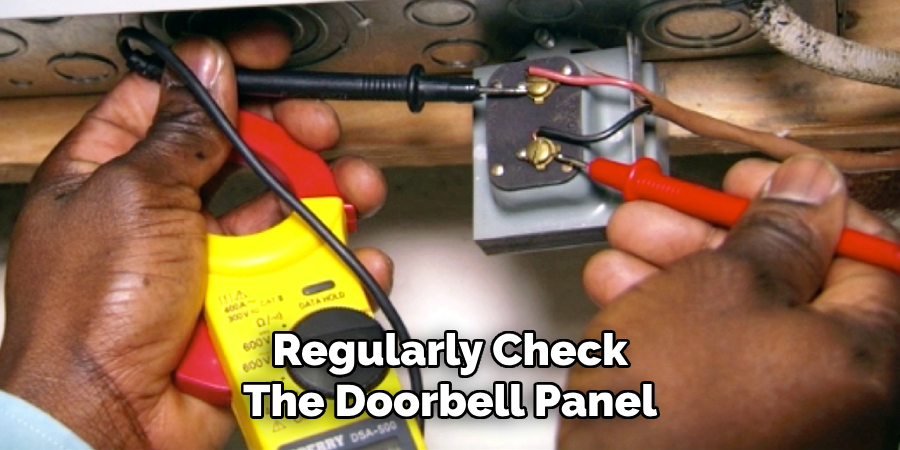
Conclusion
Finding the doorbell breaker is an essential task for maintaining and troubleshooting your home’s electrical system. By using these ten detailed methods, you can accurately locate the breaker that controls your doorbell circuit.
From understanding the electrical panel layout and checking labels to using circuit testers and consulting electrical diagrams, each method offers a different approach to identifying the correct breaker.
Thanks for reading, and we hope this has given you some inspiration on how to find doorbell breaker!

